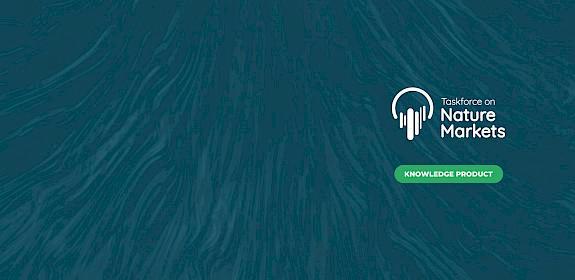Good governance and incentives key to addressing bushmeat trade
Quito, Ecuador, 15th July 2011—Delegates to an Amazonian regional meeting of the Convention on Biological Diversity (CBD) will today hear how a TRAFFIC supported project offering economic alternatives to hunter communities and wild meat vendors is aiming to restore populations of wildlife depleted through over-harvesting for the illegal bushmeat trade.

The approach towards local stakeholders´ needs, complemented with the promotion of good governance by all local institutions and relevant ministries, is proving a highly effective strategy.
According to Bernardo Ortiz, TRAFFIC South America’s Regional Director: “All large mammal, bird and reptile species in the Amazon are threatened by illegal hunting, which poses an additional risk to habitat loss and climate change.”
According to Ortiz, citing Wildlife Conservation Society data, a single market in Pompeya, on the margins of the Napo River, Ecuadorian Amazon, sold around 10 tonnes of bushmeat in a single month, 60% of which comprised large mammals.
“Such levels of harvesting are completely unsustainable and are wiping out animal species from the forest” says Ortiz.
In response, TRAFFIC is helping implement a project in Ecuador’s Amazonian Orellana province which aims to reduce the illegal trade in bushmeat through promoting alternatives for local people such as small-scale cocoa plantations—without promoting deforestation, fish farming, ecotourism and through education about the effects of over-harvesting.
“Hunting for local subsistence purposes has been ongoing ever since humans have lived in the Amazon, but the problem of over-harvesting has skyrocketed because of high demand from a rapidly growing population combined with the fashion for eating wild animals in the towns and cities of the region, and even among tourists seeking to experience the ‘real Amazon’,” says Ortiz.
A few years ago, troops of hundreds of White-lipped Peccaries were a common sight in the forest, but nowadays can only be found in remote areas. They are hunted for their meat, skin and teeth, the latter used to make handicrafts.

Other species threatened by over-harvesting include tapirs, whose meat is sold as an exotic food to tourists and settlers, while their skin is used for clothing and their nails as medicine.
As species vanish, the protein sources and food security for the indigenous communities are increasingly threatened and their livelihoods affected. The ecological impacts on the forest are huge but are evident decades later, making them difficult to highlight.
In 2010, five Waorani communities, encouraged through the TRAFFIC-led project to reduce the consumption of the most sought after animal species, decided to ban all tapir hunting for three years to allow populations to recover, as well as pledging only to hunt peccaries for their subsistence needs, not for sale in nearby towns and restaurants.
TRAFFIC is helping run awareness campaigns on local buses, local flights from Quito to Amazonian towns, and in urban restaurants, encouraging people not to order or consume bushmeat. Commercial hunting of wild animals is banned in Ecuadorian law but implementation has been limited and difficult.
After learning of the impact of high demand on the populations of the sought after wild species, Ana Rivas, the Mayor of Coca, one of the largest towns in Amazonian Ecuador, publicly announced she will no longer consume bushmeat
“The campaign aims to change attitudes and behaviour, and, although controls with army, navy and police have increased, rather than criminalizing the practice of consuming bushmeat and driving it underground, we need to find the right balance between carrot and stick to bring viable solutions to addressing the complex conservation and social issues involved,” says Ortiz.




